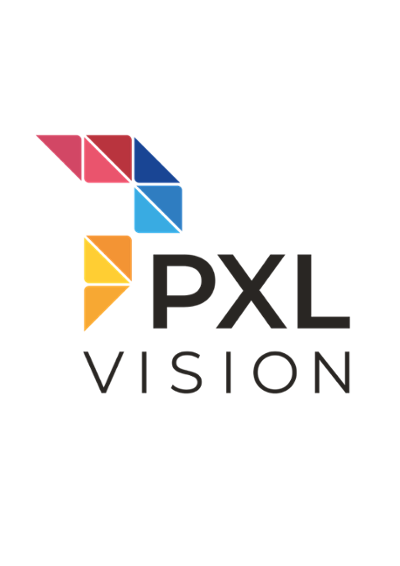The EU and Switzerland are pushing ahead with the introduction of electronic proof of identity (eID). With its help, identification processes for citizens, authorities and companies should finally become efficient, inclusive and secure. What are the consequences of this for companies in both jurisdictions? In our article, we answer the most important questions on the topic of eID.
What is eID? And why is the concept so important?
An electronic proof of identity promises a purely electronic verification of one's identity, without the physical presentation of an identity document. In recent years, this concept has become increasingly important for various players for different reasons:
Companies such as financial service providers are interested in eID primarily in the context of their 'Know Your Customer' (KYC) processes. In these processes, they verify the identity of their customers, for example during onboarding and until now often with the help of digital tools such as Auto-ID or Video-ID procedures. Electronic proof of identification is exciting for them because it helps them to fulfill their legal obligations more cost-effectively.
Countries are hoping that electronic proof of identity will lead to the sustainable digitalisation of important administrative acts. With the help of a secure eID, citizens should be able to submit their tax returns, apply for a passport or even vote from the comfort of their own homes.
The expectations of the eID are therefore both high and extremely diverse. Both the EU and Switzerland are currently pushing ahead with the development and introduction of electronic proof of identity in their respective jurisdictions. We outline both approaches and explain what companies should be prepared for under the different legal frameworks.
eID in the EU and Switzerland - status quo and outlook
eID in Switzerland
Switzerland wants to promote its own digitalisation with the introduction of an eID. It is aiming for security online identity verification for both official and business transactions. The eID is to be used just as frequently as traditional, analogue identity documents and enable users to carry out online transactions with greater security and without media discontinuity. The Swiss eID is to be issued by the federal government, which will also operate the necessary trust infrastructure. This should make integration easier for providers of online services and prevent expensive in-house developments.
A public sandbox test infrastructure was therefore set up in March 2023 for the development of the Swiss eID solution. This is intended to gather technical, organisational and specialist experience and attract further players to the eID ecosystem. It currently already comprises 40 business case applications. PXL Vision is also part of the Public Sandbox Test Infrastructure and is actively involved in it.
In addition, the federal government has initiated various other pilot projects and proofs of concept, including a digital driving licence and an eID card for federal employees.
From a legal perspective, a milestone for the introduction of an eID in Switzerland was reached in September 2023 with the entry into force of the revised Data Protection Act (nDSG). In addition, the Federal Council's dispatch on the new e-ID Act is expected in December 2023. Overall, the introduction of a Swiss eID can therefore be expected at the beginning of 2026 at the earliest.
eID in the EU
The EU is promoting eID as part of its digital transformation strategy. Among other things, the aim is to enable cross-border online services and increase the acceptance of eID in the private sector. The main objective is to create a harmonised digital identity in the form of a European Digital Identity (EUDI) wallet that is recognised throughout Europe.
A first legal milestone in terms of eID was already achieved in 2014 with the adoption of the eIDAS Regulation. This was intended to create a legal framework for electronic identification and trustworthy services within the EU.
With the new European Digital Identity Regulation, the national eID approaches of individual member states that have emerged since then are now to be harmonised. The aim is to establish the necessary framework conditions under which member states can issue EUDI wallets.
The final political agreement on this was reached in November 2023, creating the first secure legal framework for the creation of an eID for all Europeans. In addition, large-scale pilot projects were launched to identify further use cases.
From a technical perspective, the EU is endeavouring to develop common standards and technical specifications for the EUDI Wallet to be implemented. This should offer users secure and practical ways to share their identity-related data. At the same time, compatibility between the various eID solutions of the individual EU member states is to be ensured.
In order to put the EUDI Wallet to the test, the European Commission initiated four pilot projects in spring 2023 involving over 250 private and public organisations from almost all member states as well as important third countries such as Norway, Iceland and Ukraine. Each project is dedicated to several use cases, for example in the areas of education, social security, payment authorisation, digital passports, e-signatures and electronic prescriptions.
PXL Vision plans integration of eID as proof of identity
Companies operating in both the EU and Switzerland are facing a number of challenges as a result of current developments. Despite existing harmonisation trends, they will have to adapt to the coexistence of different eID systems for the time being. As a provider of efficient solutions for digital identity verification, PXL Vision is therefore planning to expand its identity documents to include the broad integration of eID systems.
Flexibility for eID and traditional verification methods
Due to the expected variety of different solutions, PXL Vision is convinced that it will be important for organisations to be able to offer customers different verification methods. This also includes the option of continuing to offer auto-identification procedures based on physical ID documents in addition to verification via eID. This approach also enables people without access to the eID to be verified. It thus offers an inclusive solution for various customer needs.
Verification processes at the cutting edge
To cater for the diversity of national approaches, PXL Vision also plans to add a wide range of eID types to its existing offering. This will further expand the company's range, which already includes document types from over 165 countries worldwide. In future, PXL Vision customers will be free to choose which eID types they want to integrate into their verification processes. In this way, PXL Vision enables organisations to design these flexibly and efficiently while at the same time meeting the requirements of a constantly changing market.
Is eID already an issue for your organisation?
Then let's talk about it.

.png?width=63&height=51&name=logo%20(6).png)







